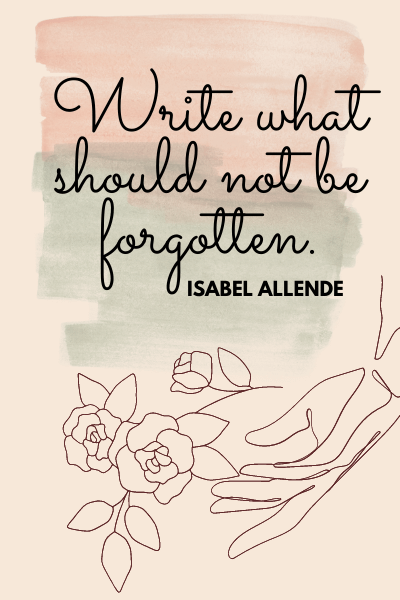One of the biggest fears freelancers face is this: “If I set boundaries, I’ll lose the client.” It’s a fear rooted in the unpredictability of freelance work. After all, every project matters. Every relationship matters. But here’s the truth — setting freelance boundaries doesn’t push good clients away. It actually strengthens trust, respect, and professionalism.
Freelancers who learn to set clear limits often find that their work improves, their stress decreases, and their client relationships become healthier. The key is knowing how to do it without sounding rigid or uncooperative.
Why freelance boundaries matter
Boundaries aren’t about being difficult. They’re about ensuring your work remains sustainable, productive, and professional. Without them, you risk:
- Taking on more than you can handle
- Working unreasonable hours for the same pay
- Feeling resentful or burned out
- Losing focus on your best clients and projects
Clients may not realize it, but boundaries actually help them too. A freelancer who has clarity and structure is far more reliable than one who says “yes” to everything and burns out.
Common boundary challenges for freelancers
Even experienced freelancers struggle to set boundaries in these areas:
- Availability: Clients expecting instant replies, even outside working hours
- Scope creep: Small “quick favors” that add up to hours of unpaid work
- Unrealistic deadlines: Tasks dropped last-minute with the expectation of urgent turnaround
- Communication overload: Messages across multiple platforms, at all hours
- Payment delays: Work delivered, but invoices pushed aside
If any of these sound familiar, you’re not alone. The challenge is finding a way to push back professionally.
How to set freelance boundaries without losing clients
Be clear from the start
Boundaries are easier to enforce when they’re set early. Use contracts, proposals, or onboarding documents to outline availability, response times, scope, and payment terms. For example:
- “My working hours are Monday–Friday, 9 am–5 pm. I respond to messages within 24 hours during that time.”
- “Projects outside the agreed scope will be billed separately.”
When boundaries are documented, they feel less personal and more like standard business practice.
Frame boundaries as professionalism
Clients respect boundaries when they see how those limits benefit them. Instead of saying “I can’t work weekends,” try:
- “To ensure I deliver my best work, I reserve weekends for rest. I’m happy to prioritize urgent tasks during the week if notified in advance.”
This shifts the tone from refusal to reliability.
Use polite but firm communication
Boundaries don’t require hard edges — just steady ones. Here are a few examples:
- When asked for unpaid extra work: “I’d be glad to help with this. Since it’s outside the original scope, I’ll add a separate estimate for it.”
- When given a last-minute task: “I want to ensure quality, and that timeline is tight. I can deliver X by then, or the full scope by [new date]. Which do you prefer?”
Notice the pattern: you’re not saying no outright — you’re offering a professional solution.
Stay consistent
Boundaries lose their strength if they’re only applied sometimes. If you make exceptions every week, clients learn to expect them. Stick to your limits consistently, and clients will adapt.
Know when to walk away
Not every client will respect boundaries. If someone repeatedly ignores limits, adds pressure, or withholds payment, the healthiest choice may be to end the relationship. Good clients will stay. Bad clients will leave. That’s not a loss — it’s growth.
The client’s perspective
Many freelancers worry that setting boundaries will make clients think they’re unhelpful or inflexible. In reality, most professional clients appreciate boundaries. They want reliable partners, not overworked freelancers.
Clear boundaries communicate:
- You respect your own time and theirs
- You run your freelance work like a business
- You’re committed to delivering quality, not rushing into mistakes
Boundaries don’t weaken trust. They build it.
The big takeaway
Setting freelance boundaries doesn’t mean losing clients — it means gaining respect. Clear communication, consistency, and professionalism help you manage expectations while protecting your energy. Clients who value your work will adapt, and those who don’t were never the right fit.
✨ Boundaries aren’t walls. They’re guide rails that keep your freelance business running smoothly, sustainably, and successfully.











































